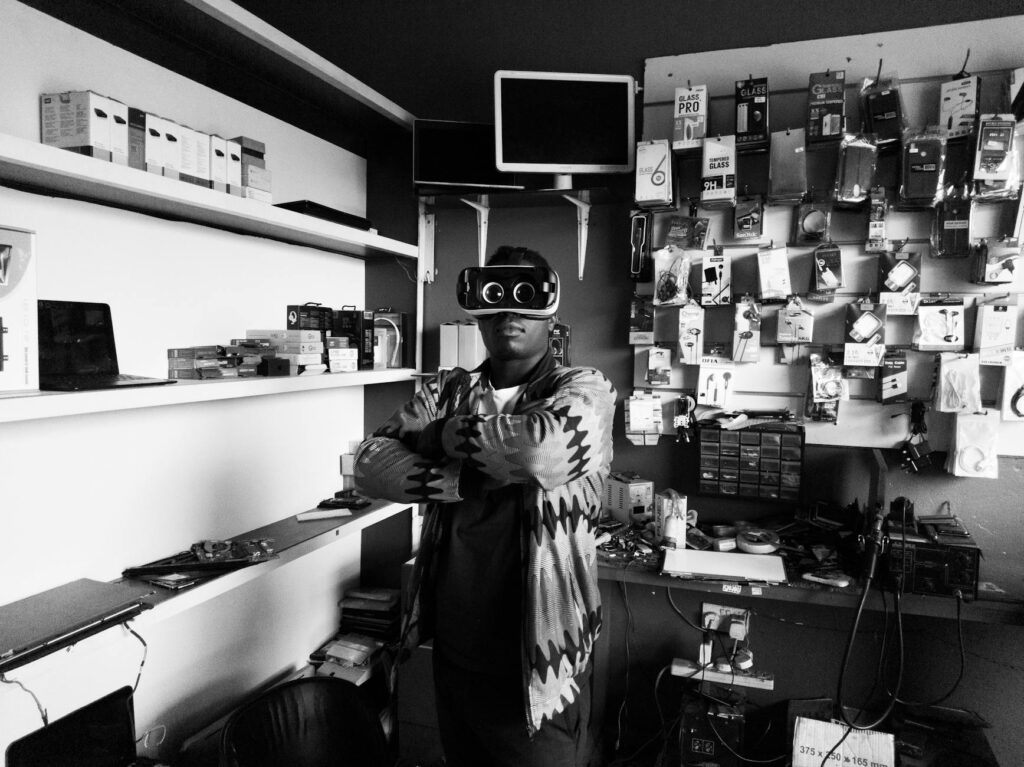****
Introduction
The metaverse is no longer a futuristic concept—it’s a thriving digital space where brands can engage with customers in immersive ways. While global corporations invest millions in virtual real estate, local businesses can also tap into this opportunity through metaverse pop-up shops. These temporary digital storefronts allow brands to test the waters without heavy financial commitments.
For small and medium-sized businesses (SMBs), metaverse pop-ups offer a low-risk, high-reward strategy to expand reach, experiment with digital commerce, and connect with tech-savvy consumers. This guide explores how local brands can leverage metaverse pop-ups, the steps to launch one, and the tools needed to succeed.
Why Metaverse Pop-Up Shops Are a Game-Changer for Local Brands
Traditional pop-up shops require physical space, permits, and staffing—costs that add up quickly. In contrast, metaverse pop-ups eliminate geographical barriers, reduce overhead, and provide access to a global audience.
Key benefits include:
– Low-cost entry – No need for physical rent, utilities, or in-person staffing.
– Global exposure – Reach customers beyond local markets.
– Data-driven insights – Track engagement, preferences, and sales in real time.
– Brand innovation – Experiment with AR/VR experiences before committing to long-term investments.
With platforms like Decentraland, Spatial, and Meta Horizon Worlds making virtual spaces more accessible, local brands can now compete in the digital frontier.
How Metaverse Pop-Up Shops Work
1. Choosing the Right Metaverse Platform
Not all virtual worlds are the same. Some cater to gaming, while others focus on social interactions or commerce. Here’s a breakdown of popular options:
- Decentraland (MANA) – A blockchain-based platform where brands can buy virtual land (as NFTs) and build interactive stores.
- Spatial – Ideal for 3D virtual showrooms and AR experiences.
- Meta Horizon Worlds – Best for brands targeting mainstream consumers via Meta’s VR ecosystem.
- Roblox – A gaming-centric metaverse with a young, highly engaged audience.
Example: A local sneaker brand could set up a pop-up in Decentraland, allowing users to explore limited-edition digital sneakers and purchase real-world counterparts.
2. Designing an Engaging Virtual Storefront
Unlike a physical store, a metaverse pop-up thrives on interactivity. Key elements include:
- 3D Product Displays – Let customers examine items from all angles.
- Virtual Try-Ons – Use AR filters for apparel, accessories, or cosmetics.
- Gamification – Offer rewards for visitors who complete challenges (e.g., scavenger hunts).
- Live Events – Host virtual launch parties, Q&A sessions, or influencer meetups.
Pro Tip: Partner with a metaverse developer or use no-code tools like Mozilla Hubs or Ready Player Me to simplify the process.
Steps to Launch a Metaverse Pop-Up Shop
1. Define Your Goals
Are you testing demand, building brand awareness, or driving direct sales? Clear objectives shape your strategy.
2. Select a Platform & Secure Virtual Space
- Rent or purchase a plot in a metaverse marketplace.
- Alternatively, use a white-label solution like Virbela for a private virtual store.
3. Design the Experience
- Work with 3D designers or use templates from Spatial or Decentraland Builder.
- Ensure mobile compatibility—many users access the metaverse via smartphones.
4. Integrate E-Commerce
- Link to your Shopify or WooCommerce store.
- Accept crypto payments (if relevant) via BitPay or Coinbase Commerce.
5. Promote Your Pop-Up
- Leverage social media, email marketing, and influencer collaborations.
- Offer exclusive discounts for virtual visitors.
6. Analyze Performance
Track metrics like foot traffic, dwell time, and conversion rates to refine future campaigns.
Essential Tools & Resources
- 3D Design: Blender, Sketchfab
- Metaverse Platforms: Decentraland, Spatial, Meta Horizon Worlds
- E-Commerce Integration: Shopify Metaverse, NFTify
- Analytics: Google Analytics for VR, Meta’s Insights Dashboard
FAQs About Metaverse Pop-Up Shops
1. Do I need coding skills to set up a metaverse pop-up?
No—many platforms offer drag-and-drop builders. For advanced customization, hiring a developer helps.
2. How much does it cost?
Costs vary:
– Renting a virtual space: $50–$500/month.
– Custom 3D design: $500–$5,000 (one-time).
3. Can I sell physical products in the metaverse?
Yes! Use virtual showrooms to showcase real-world inventory with click-to-buy links.
4. What’s the ROI of a metaverse pop-up?
While direct sales may be modest initially, the brand exposure and data collected are invaluable.
Conclusion
Metaverse pop-up shops offer local brands a low-cost, high-impact way to experiment with digital retail. By leveraging virtual platforms, interactive experiences, and smart promotions, businesses can attract new audiences without the risks of physical expansion.
The metaverse is still evolving, but early adopters stand to gain a competitive edge. Start small, learn from user interactions, and scale your strategy as virtual commerce grows.
Now’s the time to explore—will your brand be part of the metaverse revolution?

